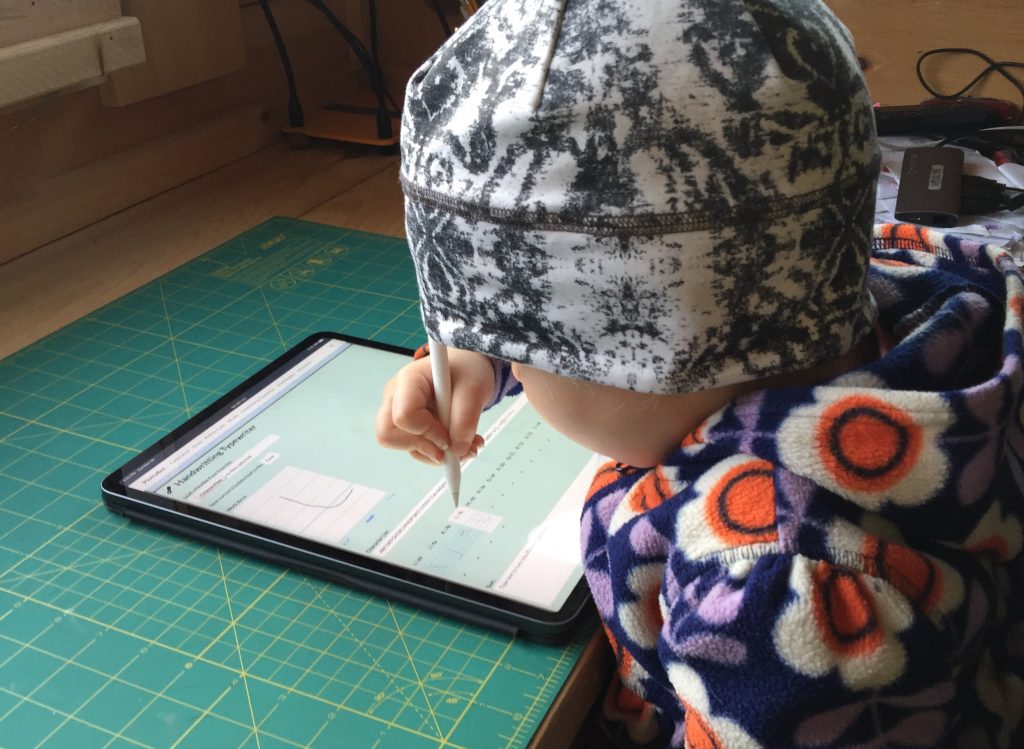I compared the stoves a little closer to make sure the pieces would fit between each other. I was able to confirm that this new find is an absolute score. What luck to find it, it’s going to save me time, money, and the result will be a thousand times better. And we’ll have some spare parts if we need them.
My main piece of concern was the top of the oven box, where strong fires can eat at the iron over time. You can see all the cracks and other weak areas on the top piece, but the same piece in the new stove is in perfect shape!
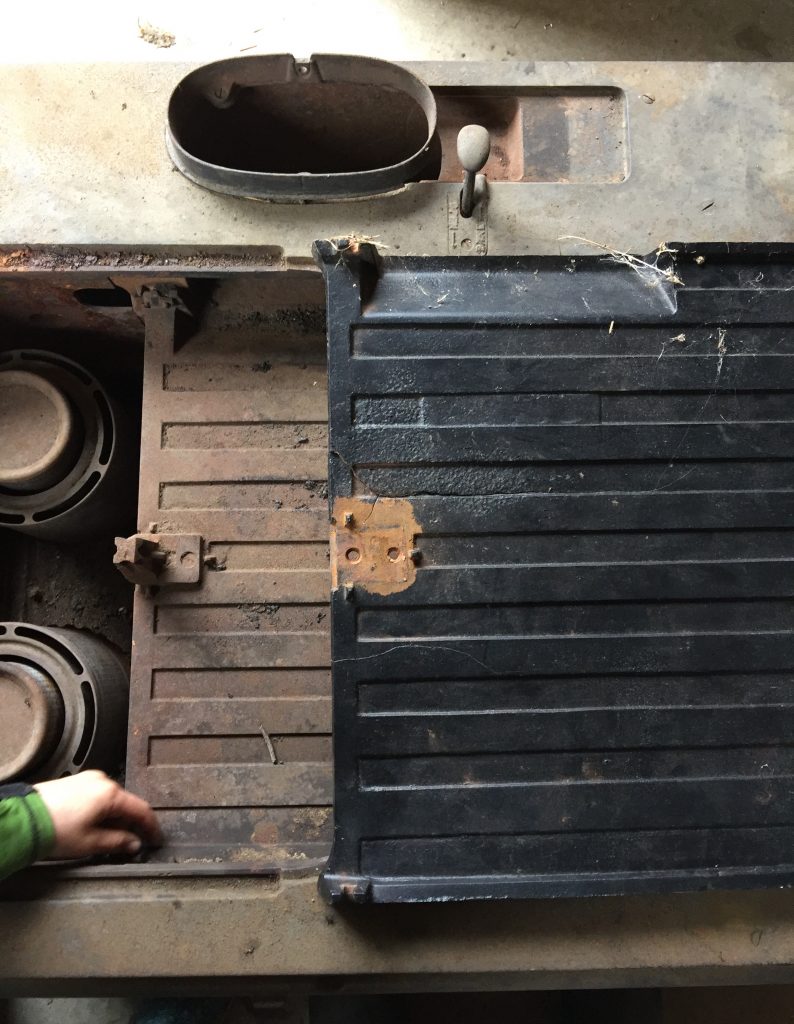
In that same region where fires burn hottest, the frame supporting cook lids had been eaten at. Once again, the new part is perfect.
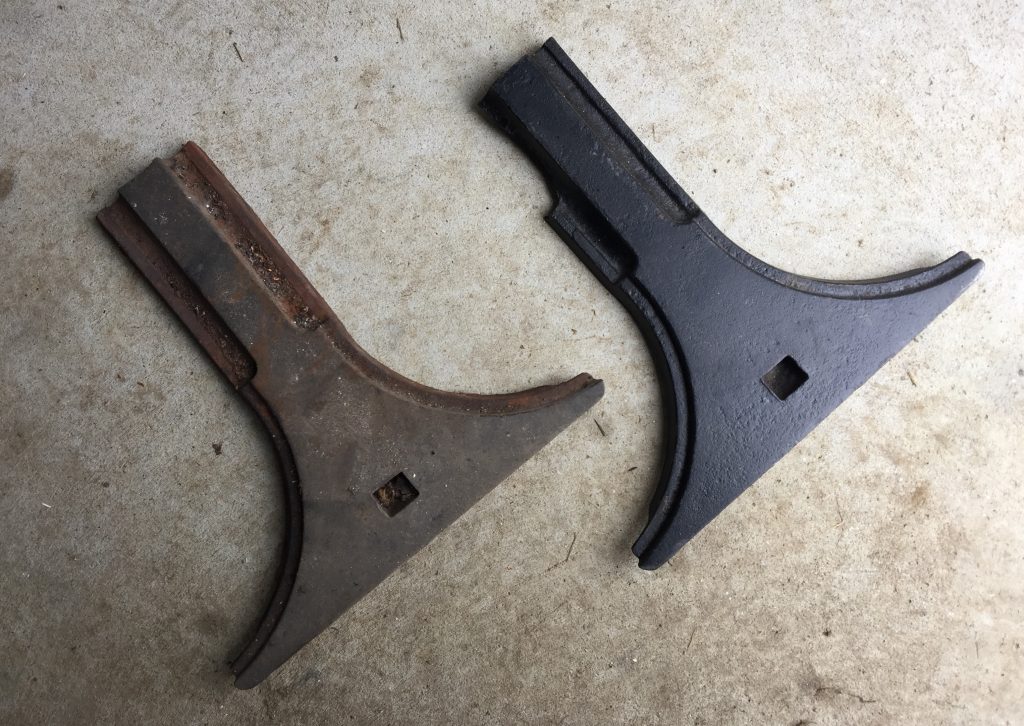

The 2 siblings side by side, one is a model C, the other a model C-H. I cannot figure out what that could possibly mean, but the C seems to have more than the C-H.
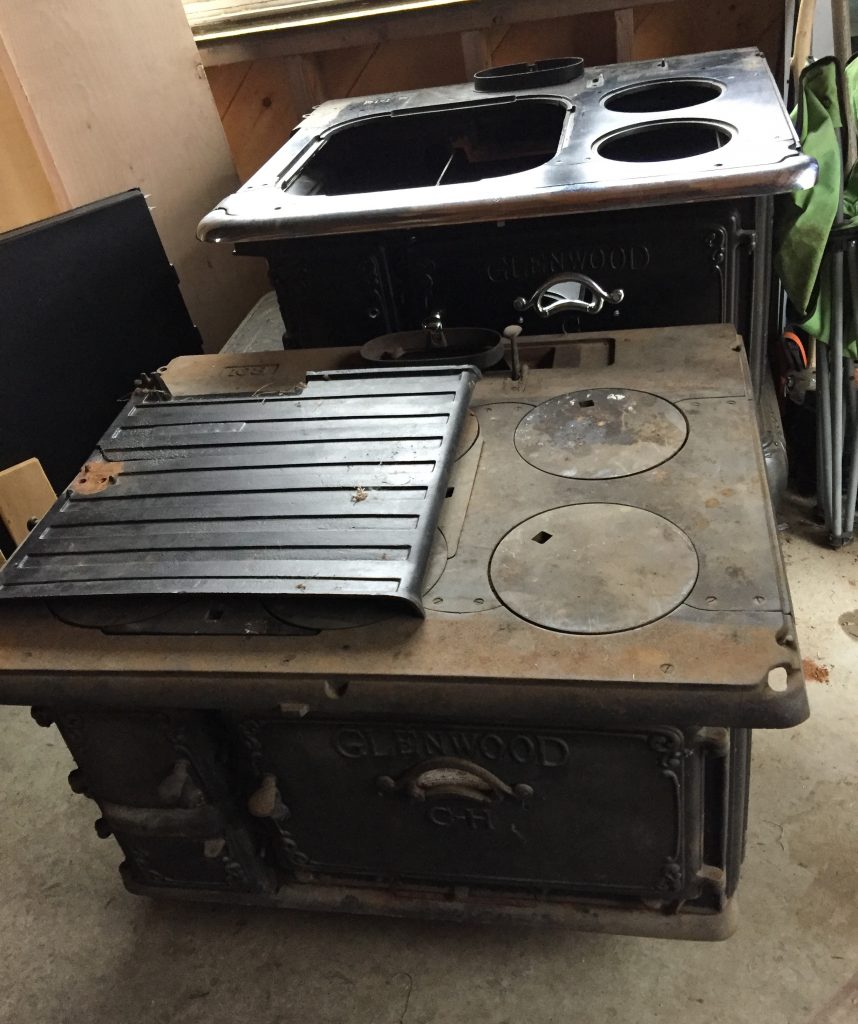
Ash removal from the bottom of the burn chamber, a very common configuration.
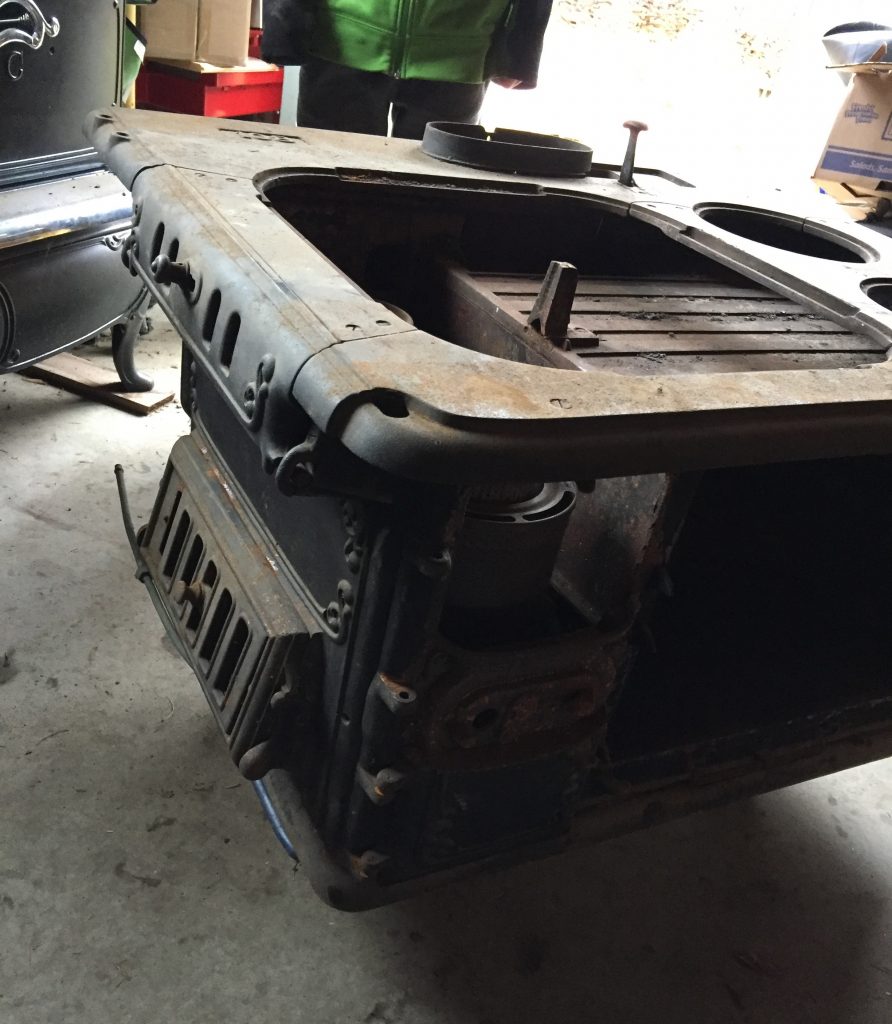
Ash removal from the side.

There’s a lot more odd parts here and there that will nicely merge to make a complete cook stove.
All parts have dates ranging from 1904 to 1917, I’m not sure why that is. I do wonder if they were cast at different years and then assembled together. If that’s true I’m not sure what the date of assembly is. There’s still a lot of unknown about this stove, possibly a lot that will never be known again.

